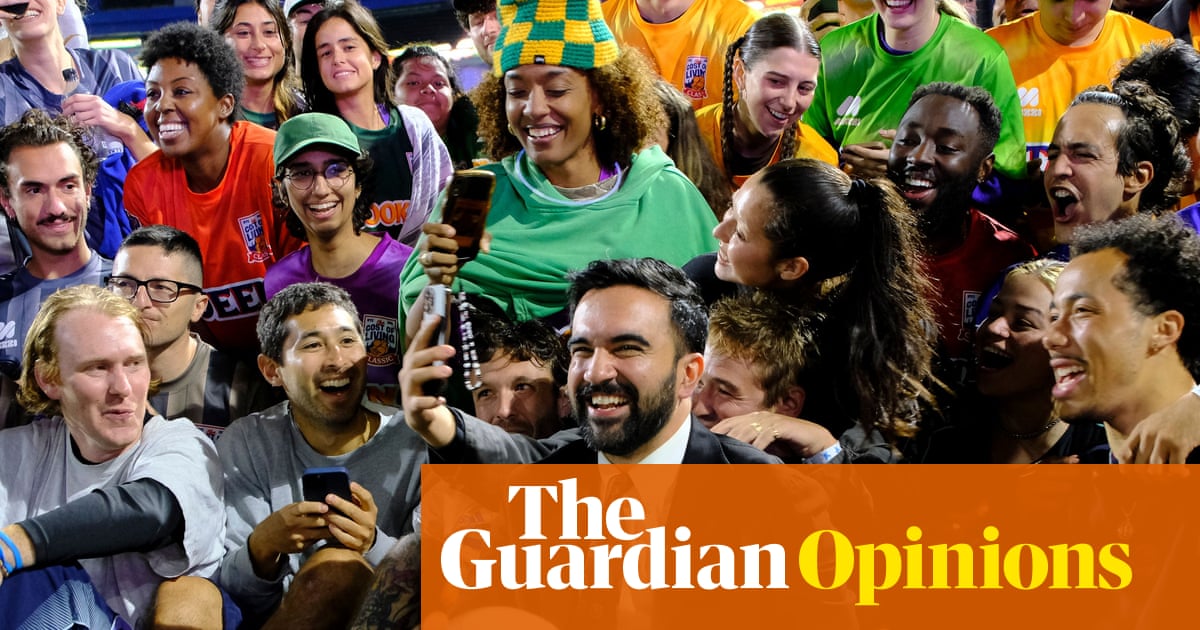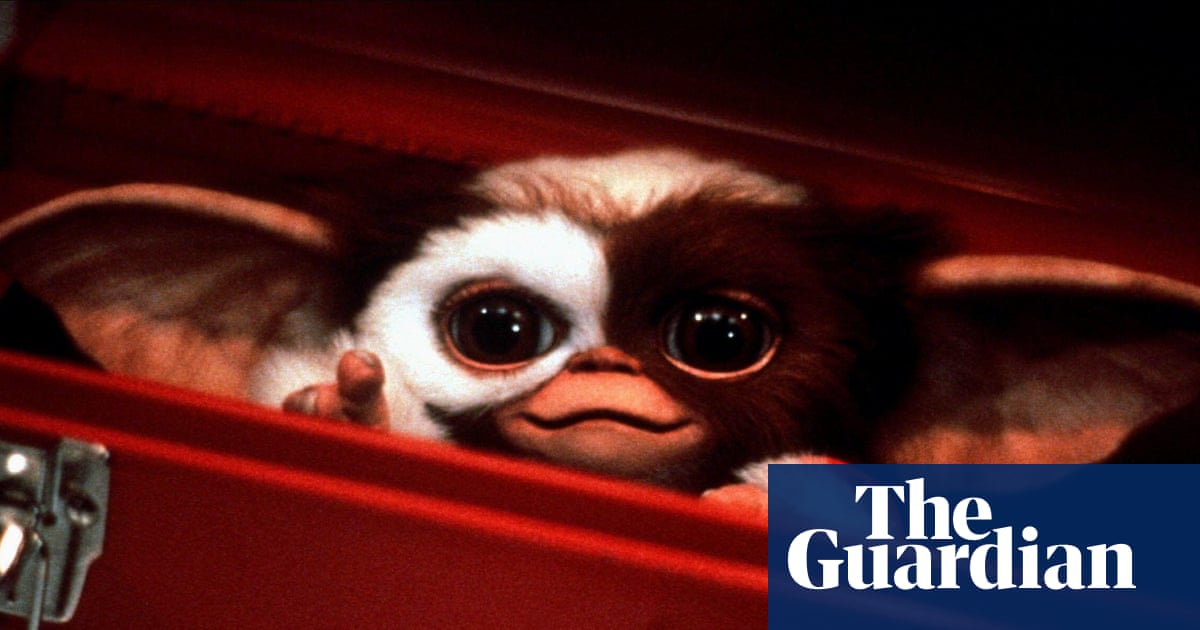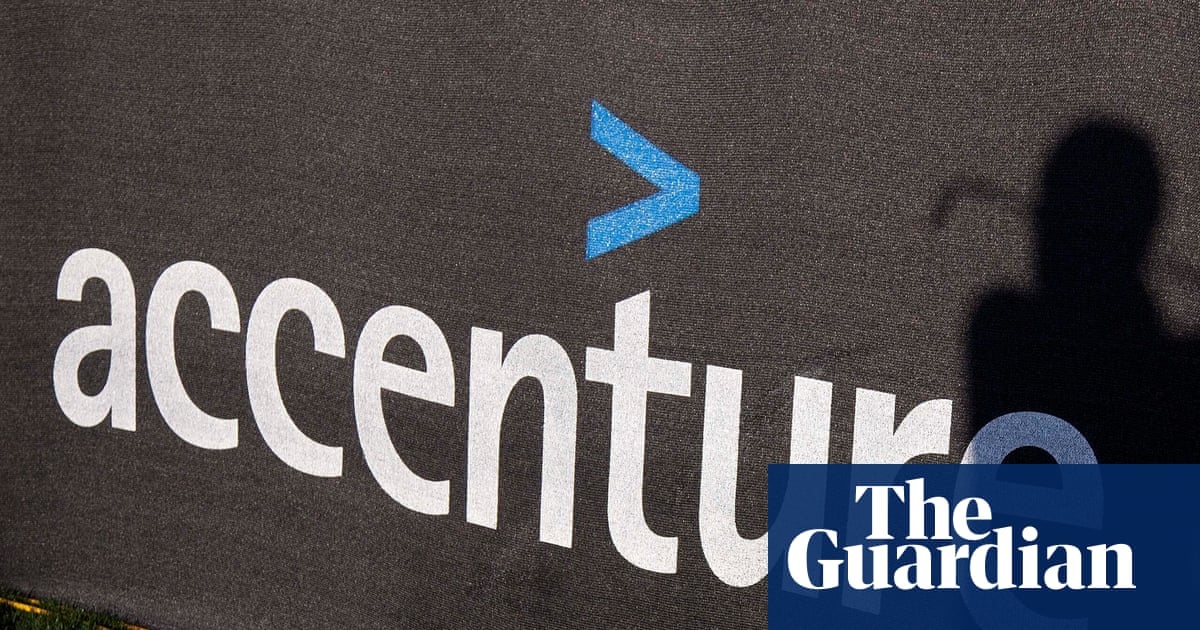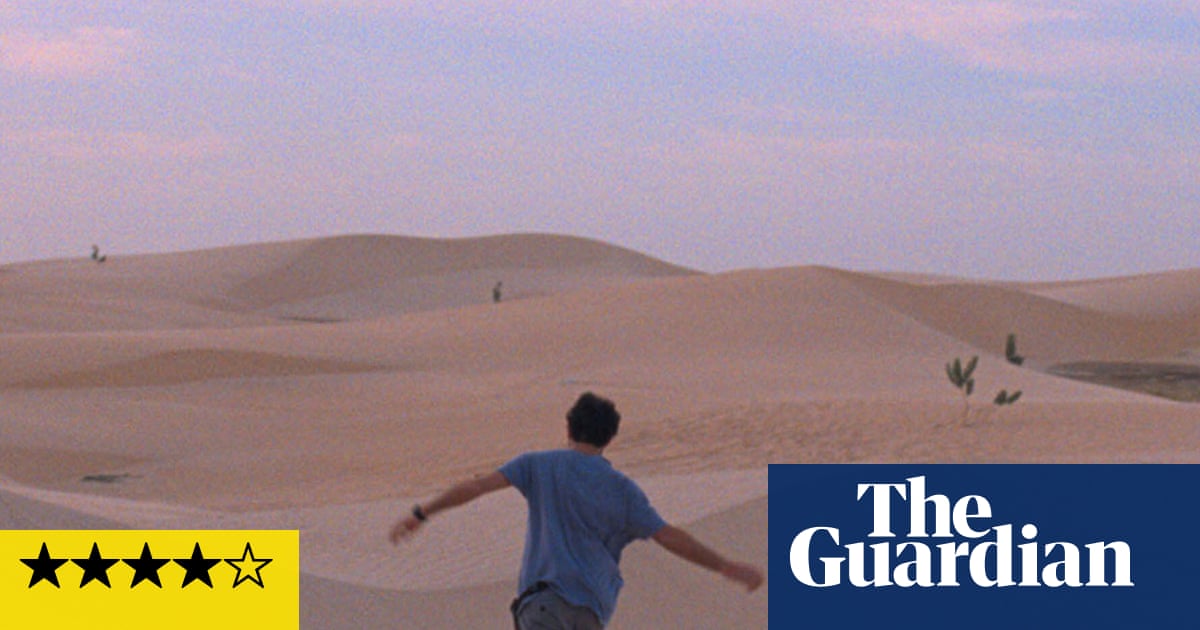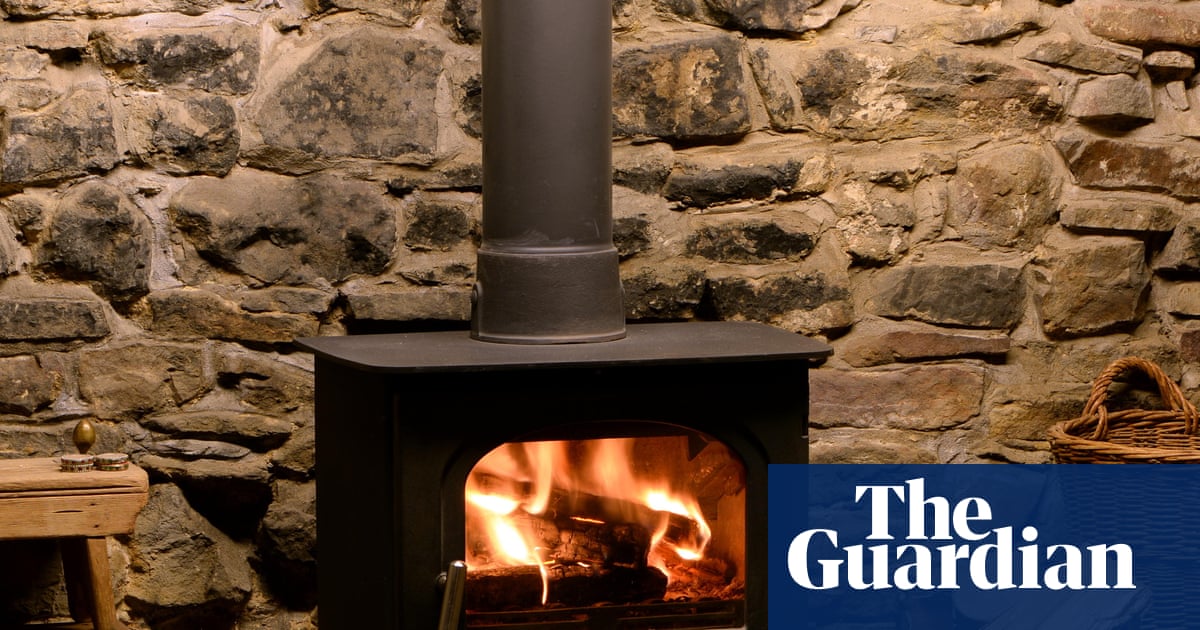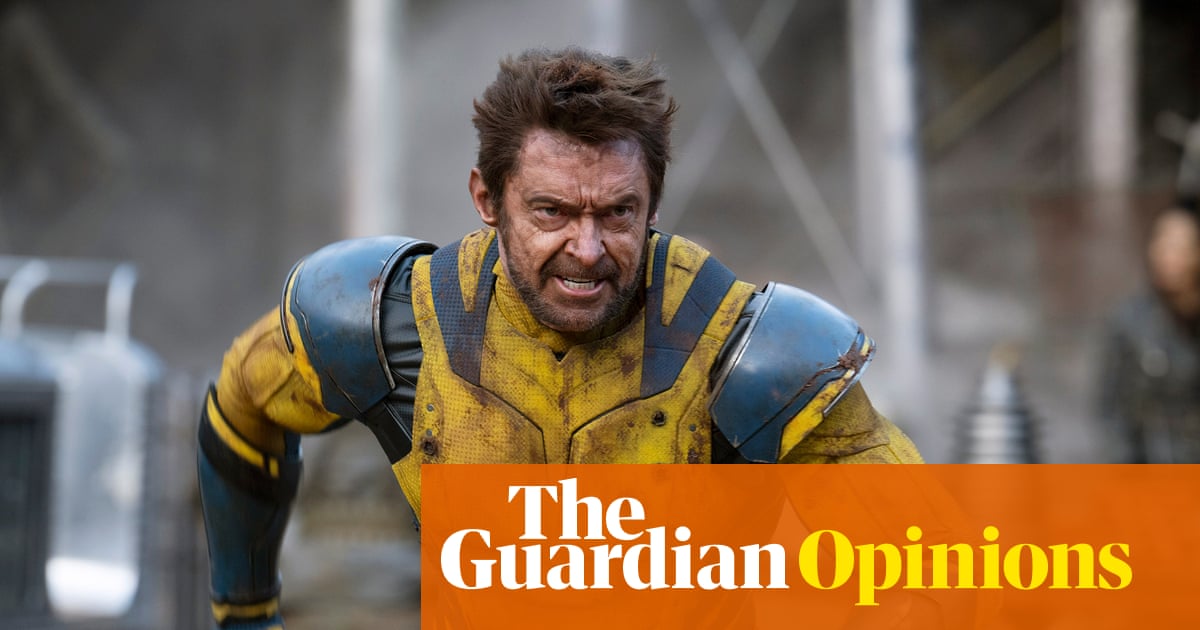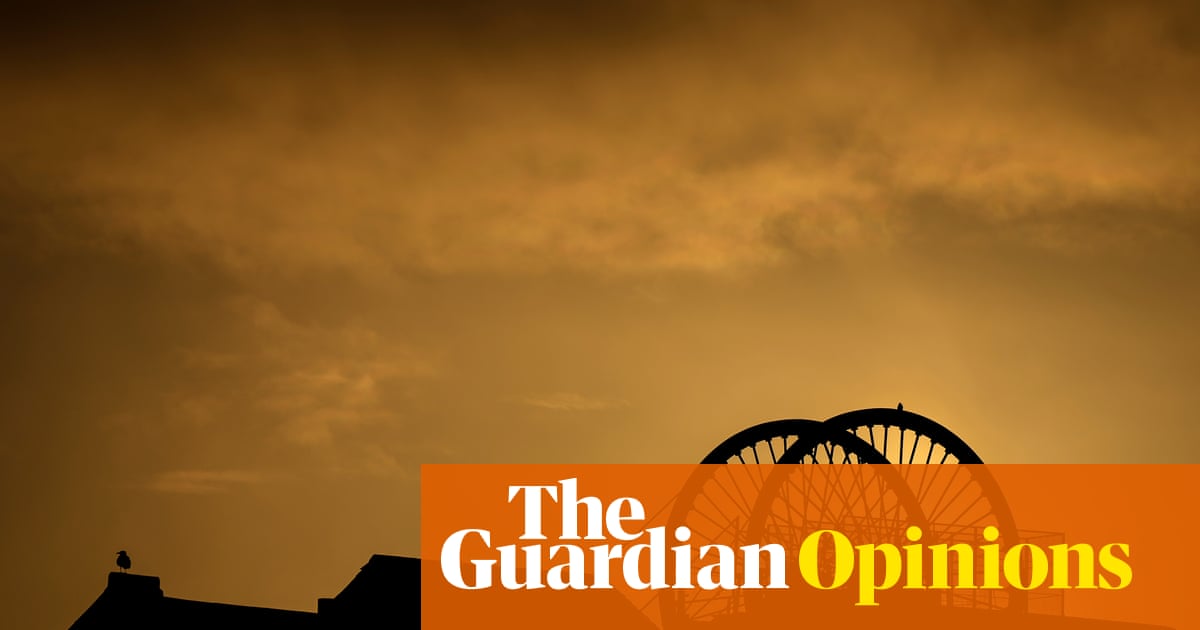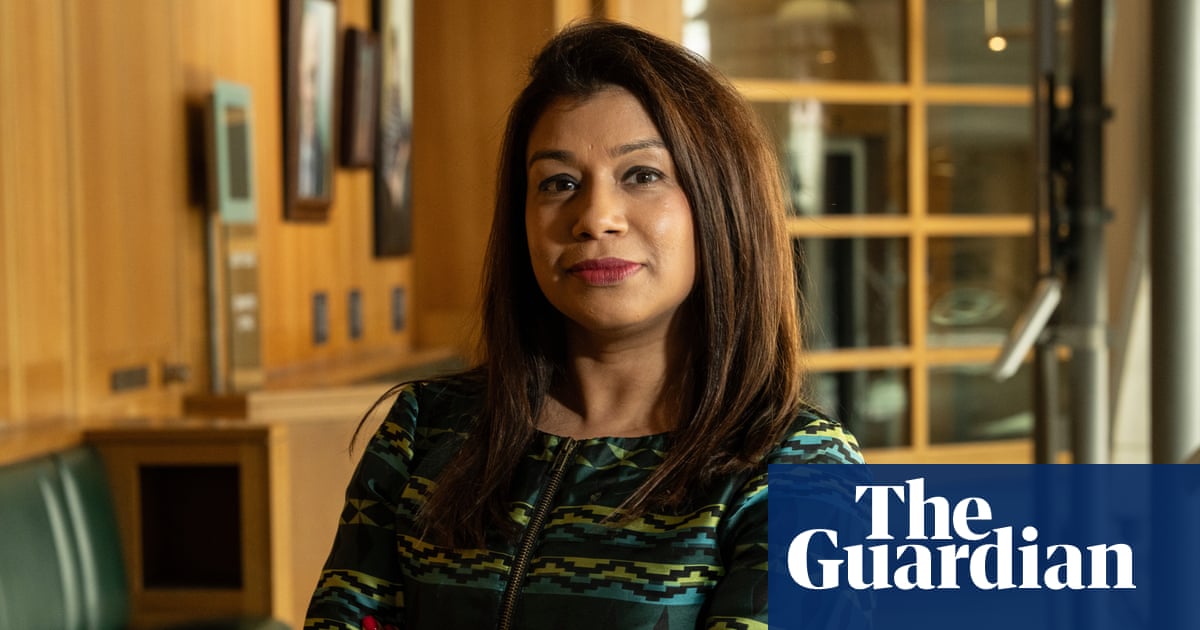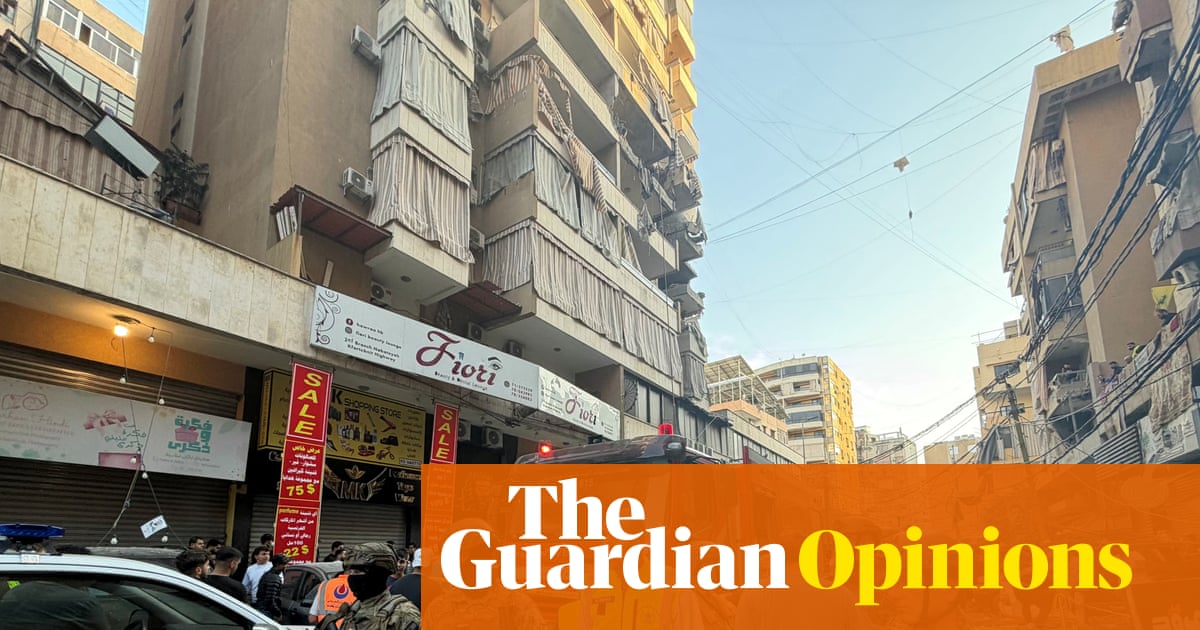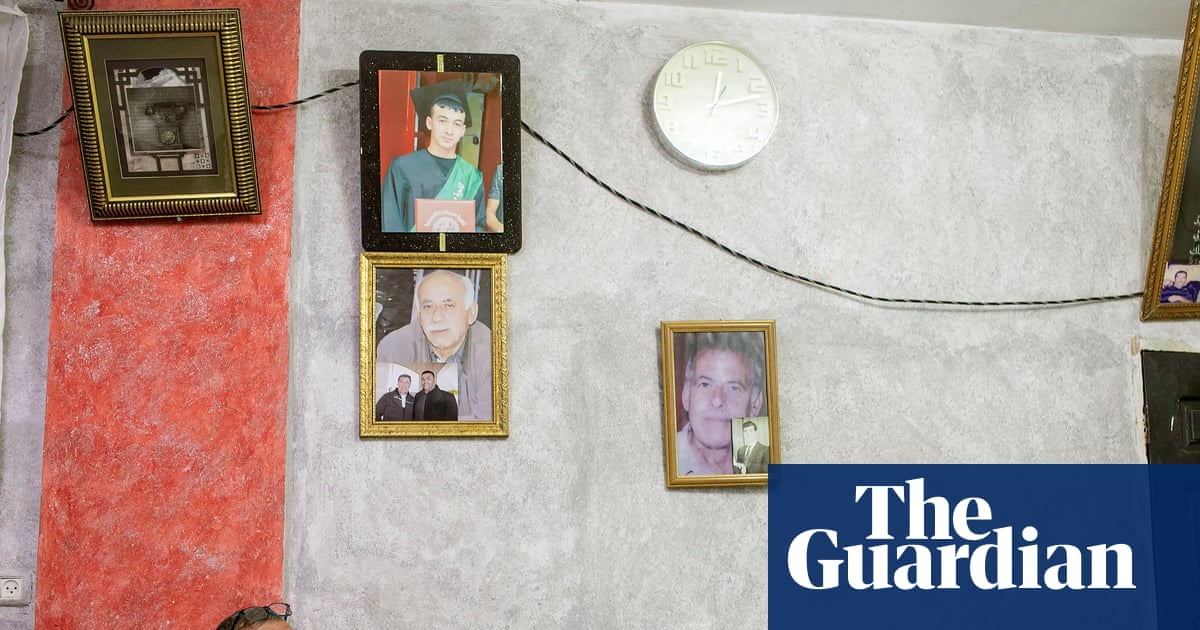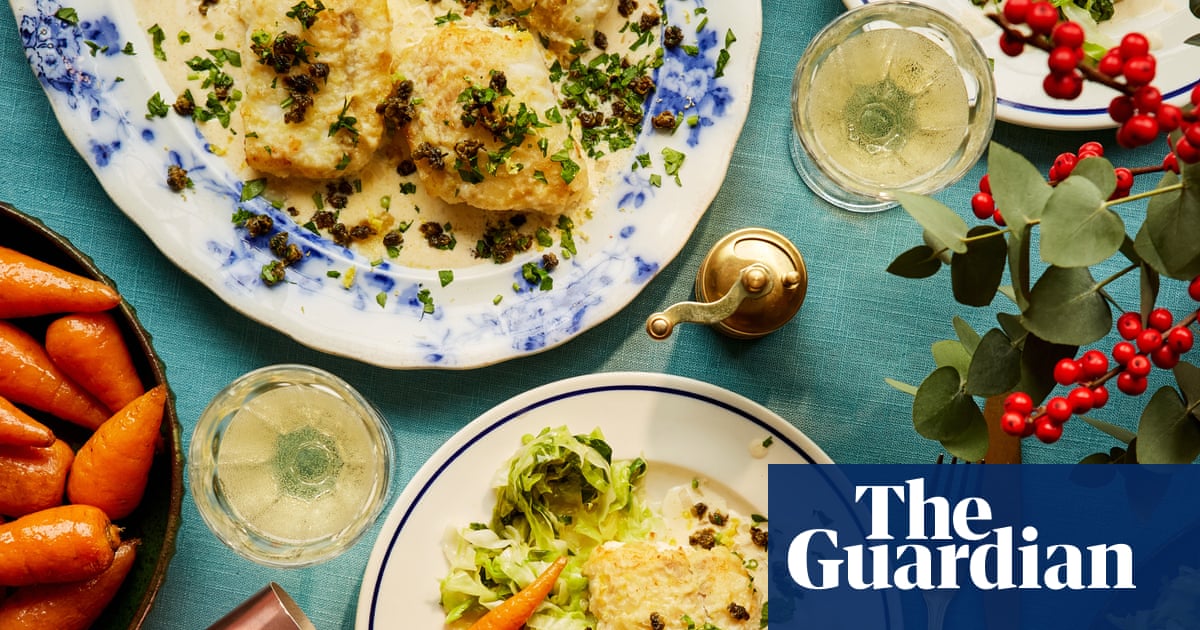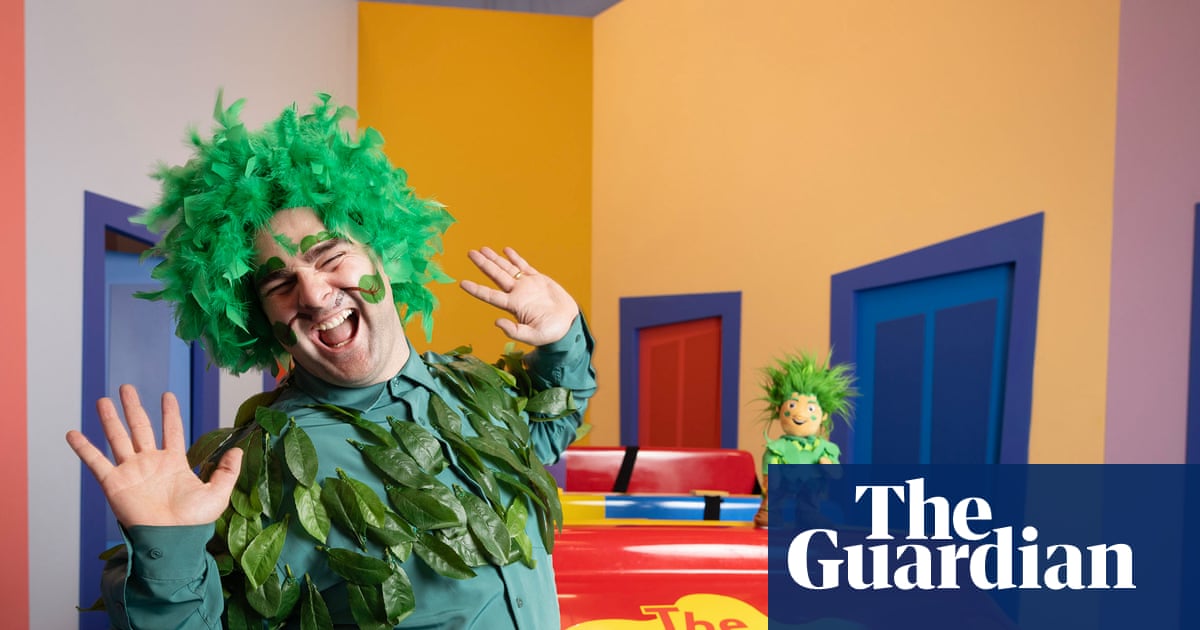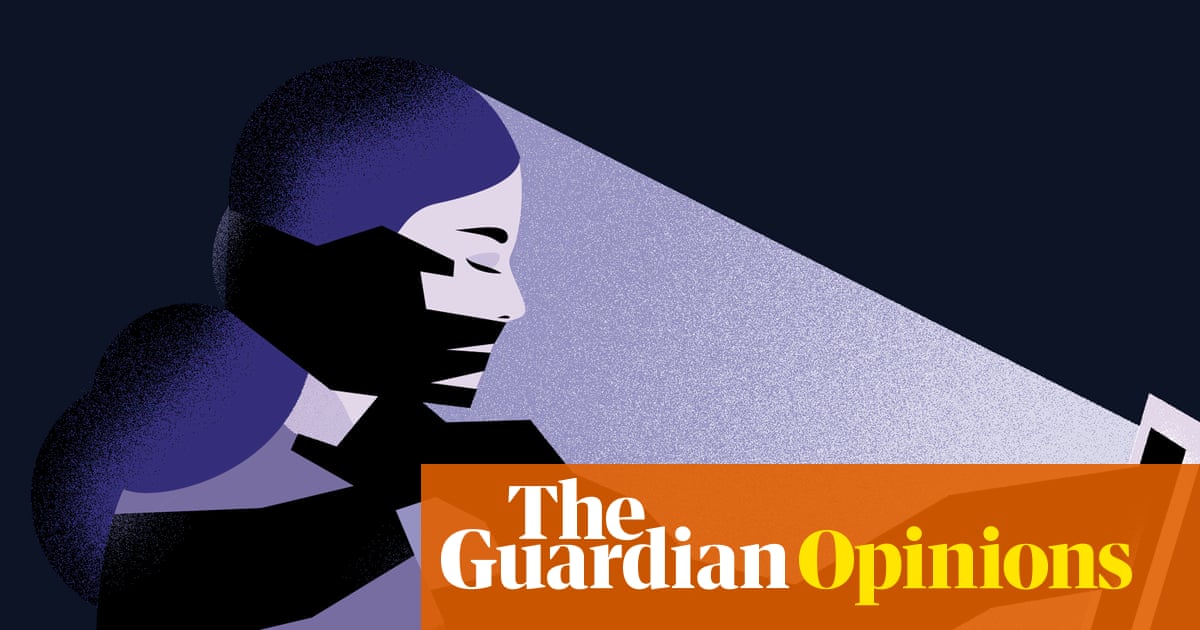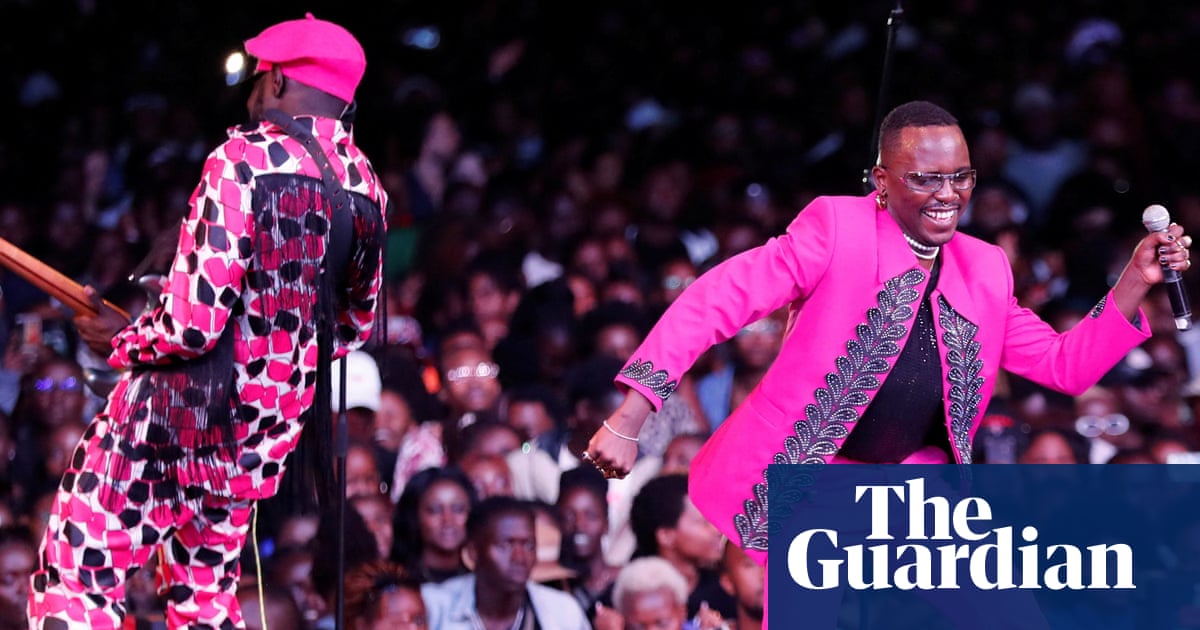It started as something to pass the time. I remember being 10, in 2001, at my grandmother’s house, a 1,000-piece puzzle spread across the table. I was determined to complete it before my mum and sister returned from a hike. By the end of the day it was done, and something clicked. There was a sense of satisfaction in fitting those pieces together.
After that, puzzles became a regular part of my life. I was always dipping into them – whether it was a quick 500-piece puzzle at the weekend or a more ambitious one over the holidays.
A few years later, I began uploading videos to YouTube, dabbling in various types of content, from crafting videos to general vlogging. I noticed there weren’t many people talking about jigsaws, so I started making videos about my collection, my favourites and the techniques I used to solve them.
At first, it was just a fun side project. But then Covid-19 hit. The world slowed down and people were stuck at home. Suddenly puzzles were popular and my videos were getting more views. In 2021, I decided to take on a 24,000-piece puzzle – the first true giant I filmed. I recorded the whole thing over several months and people loved following along. That’s when I realised this might not just be a hobby. I started focusing solely on puzzles and by 2022 I’d earned a Guinness World Record for being the most-followed jigsaw puzzler on YouTube, with 143,000 subscribers.
Reaching that milestone was surreal. But having a big audience also means juggling expectations, keeping content fresh and setting boundaries so I don’t burn out. I want it to stay fun, for them and for me.
Puzzling isn’t just a solitary activity. Before Covid, in-person competitions were gaining traction, but the pandemic took it to another level with online events. Now that in-person contests are back, they sell out immediately.
I’ve competed in national and international puzzle championships, racing to complete 500-piece puzzles in record time. I placed second in the individual USA National Jigsaw Puzzle championships in 2022, second in the team competition at the world championships in 2023 and third in the same competition in 2024. My fastest time is 42 minutes and 46 seconds for a 500-piece puzzle, though in the major competitions, the fastest individual time is about 26 minutes. Some on YouTube do it even faster.
It’s a strange blend of speed, strategy and muscle memory. Your brain is scanning for colours, patterns and shapes, while your hands are constantly moving, slotting pieces in. Over the years, the process becomes instinctive. Technique varies: the classic approach is to start with the edges, but if the border is a solid colour or particularly tricky, I might begin in the middle, focusing on the most distinctive sections first.
During competitions, you’re constantly checking your area, making sure nothing has fallen on the floor. In a setting where every second counts, even something small like that can throw you off. Sometimes, entire trays of pieces get knocked over mid-race.
Despite its competitive nature, the puzzle community is incredibly supportive. I’ve made so many friends: people I see at competitions, chat with online and share strategies with. There’s little feuding, just a shared love for an activity that brings us joy.
When I was growing up, puzzles were something older people did on a rainy afternoon, but now I see students and twentysomethings connecting through YouTube, TikTok and online competitions.
after newsletter promotion
My YouTube channel has more than 330,000 subscribers, from students to people in their 40s and 50s rediscovering puzzling as a way to relax.
Puzzling has taught me patience, resilience and the importance of small steps. Every piece I place brings me a little closer to the full picture – a reminder that progress happens, even if it’s slow. In life, too, that feels true. I live in fast-paced Los Angeles and, while I know some people my age are out partying or travelling the world, I’m happiest at home with a puzzle in front of me. Even after a long day of filming, I’ll still pull out a jigsaw in the evening, just for myself. It’s my version of mindfulness, one piece at a time.
As told to Sophie Haydock
Do you have an experience to share? Email [email protected]

 3 months ago
39
3 months ago
39
